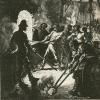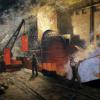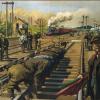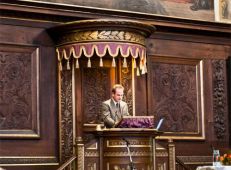Going global
Continuous Casting
During the Cold War, the Eastern Bloc countries tried to enhance their cooperation in the Council for Mutual Economic Assistance (CMEA) and in the specialized Intermetall organization for steel founded in 1964. Intermetall sought (with limited success) to foster technology cooperation in Eastern Europe.
Nevertheless, the technology gap between Eastern and Western Europe widened. In particular, Eastern Europe lagged behind in the introduction of oxygen steel making and continuous casting as the two major new post-war technologies. As a result, Eastern European production was far less efficient. It also contributed relatively more to environmental pollution through acid rain and global warming as it used far more energy per ton of steel produced. The Soviet Union heavily subsidized energy to strengthen its political control over the Eastern Bloc.
 Previous Story
Next Story
Previous Story
Next Story
How to cite this page
Wolfram Kaiser, 'Going global', Inventing Europe, http://www.inventingeurope.eu/governance/going-global
Sources
- Kaiser, Wolfram and Johan Schot. Writing the Rules for Europe. Experts, Cartels, and International Organizations, chap. 7. Basingstoke: Palgrave Macmillan 2014.
- OECD. The Role of Technology in Iron and Steel Developments. Paris: OECD, 1989.



















